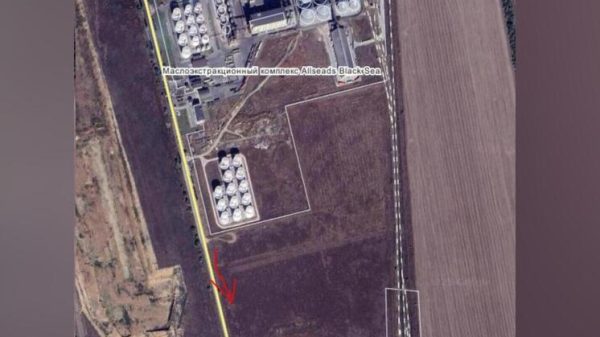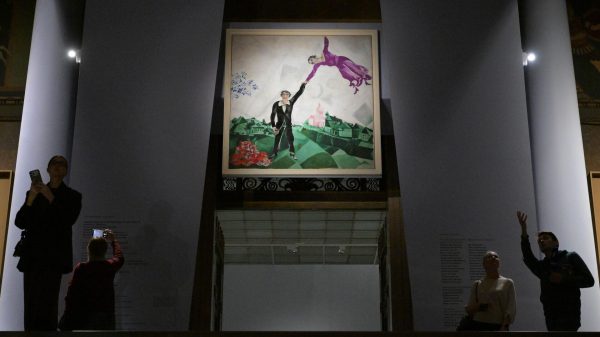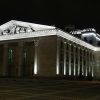A magnificently decorated 12th-century Islamic bathhouse, replete with dazzling geometric motifs and skylights in the form of eight-pointed stars, has emerged, a little improbably, from the walls and vaulted ceilings of a popular tapas bar in the heart of the southern Spanish city of Seville.
Last summer, the owners of the Cervercería Giralda – which has been pouring cañas and copas near Seville’s cathedral since 1923 – decided to take advantage of local roadworks and the coronavirus pandemic to set about a long-delayed renovation.
Although local legend and the odd historical document had suggested the site may once have been an ancient hammam, most people had assumed the Giralda’s retro look was down to the neomudéjar, or Islamic revival style, in which the architect Vicente Traver built the bar and hotel above it in the early 1920s.
“There was talk that there were baths here, but not all the historians were convinced and some thought it was all much later,” said Antonio Castro, one of the Giralda’s four co-owners. “We were doing some works and got an archaeologist in, and that’s how the baths were discovered.”
The archaeologist, Álvaro Jiménez, knew of the rumours. But, like many others, he had always imagined them to be fanciful. One day last July, however, the team were gently chipping their way through the plaster that covered the ceiling when they uncovered a skylight in the form of an eight-pointed star.
“As soon as we saw one of the skylights, we knew what it was; it just couldn’t have been anything but a baths,” said Jiménez. “We just had to follow the pattern of the skylights.”
Their explorations soon uncovered an exquisite piece of design dating back to the 12th century when the Almohad caliphate ruled much of what are now Spain and Portugal as well as a large swath of north Africa.
“Decoratively speaking, these baths have the largest amount of preserved decoration of any of the known baths on the Iberian peninsula,” said the archaeologist.
“Absolutely everything here is decorated, and, luckily, it’s survived. The background is white lime mortar engraved with geometric lines, circles and squares. On top of that you have red ochre paintings of eight-pointed stars and eight-petalled multifoil rosettes. Those two designs alternate and entwine and adapt to the different geometric shapes of the skylight holes.”
While a lot of whitewash still needs to be cleaned to disclose the red paint beneath, the hammam-cum-bar has now been conserved and repaired and the Giralda is due to open once again in two or three weeks.
Jiménez, who described the “kind of a fateful alignment of different things”, said the baths and the bar have “been reborn and become something wonderful; it was the right people, the right time, and a bit of luck”.
Castro and his partners are looking forward to a new chapter in the Giralda’s long history. But they are also toasting the foresight of Vicente Traver.
“This was a pretty well-known bar before, but now people will be able to come in and have a beer or a glass of wine in a bar that’s also a 12th-century hammam,” said Castro. “It’s a good thing that the architect back in the 1920s respected the baths – others might have chucked everything out, so we’re grateful to him.”



















































Свежие комментарии